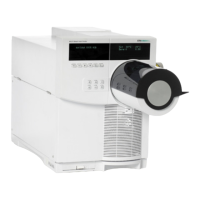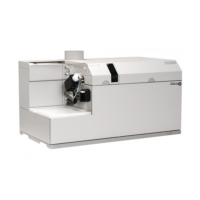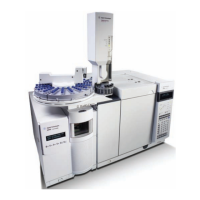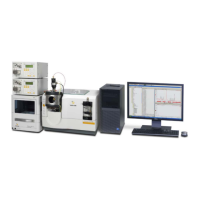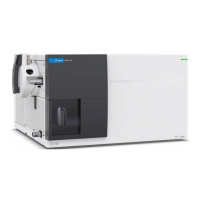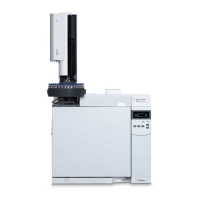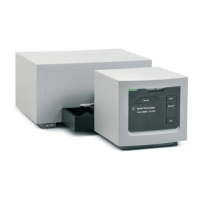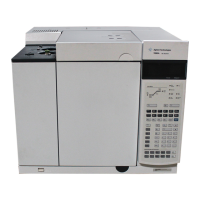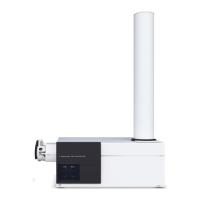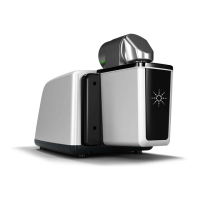Observation Suggestion
Ct value reported for NTC (no-template
control) sample is less than the total
number of cycles but the amplification plot
Examine variation in fluorescence intensity during the run. Review
amplification plot and adjust the threshold accordingly.
Low increase in fluorescence with cycling The probe or beacon is not binding the target efficiently. Lower annealing
temperature and verify melting temperature.
Target PCR product is too long. Redesign primers to yield a PCR product
<150 bp in length for probe-based detection, or <400 bp for SYBR
Green I detection.
Magnesium concentration is too low; run a titration to optimize
concentration.
Insufficient or non-specific product. Verify product formation through gel
electrophoresis. Re-optimize reaction conditions as necessary.
Increase in fluorescence in control reactions
without template
If the amplification plot is showing a strong sigmoid curve, then the
reaction has likely been contaminated.
In SYBR Green reactions, an increase in fluorescence in the absence of
template could be due to primer-dimer formation.
If a probe-based chemistry is used and the amplification plot shows a
steady fluorescence increase, rather than a sigmoid curve, the probe may
be degrading.
Mx3000P and Mx3005P QPCR Systems Setup and User’s Guide 33
